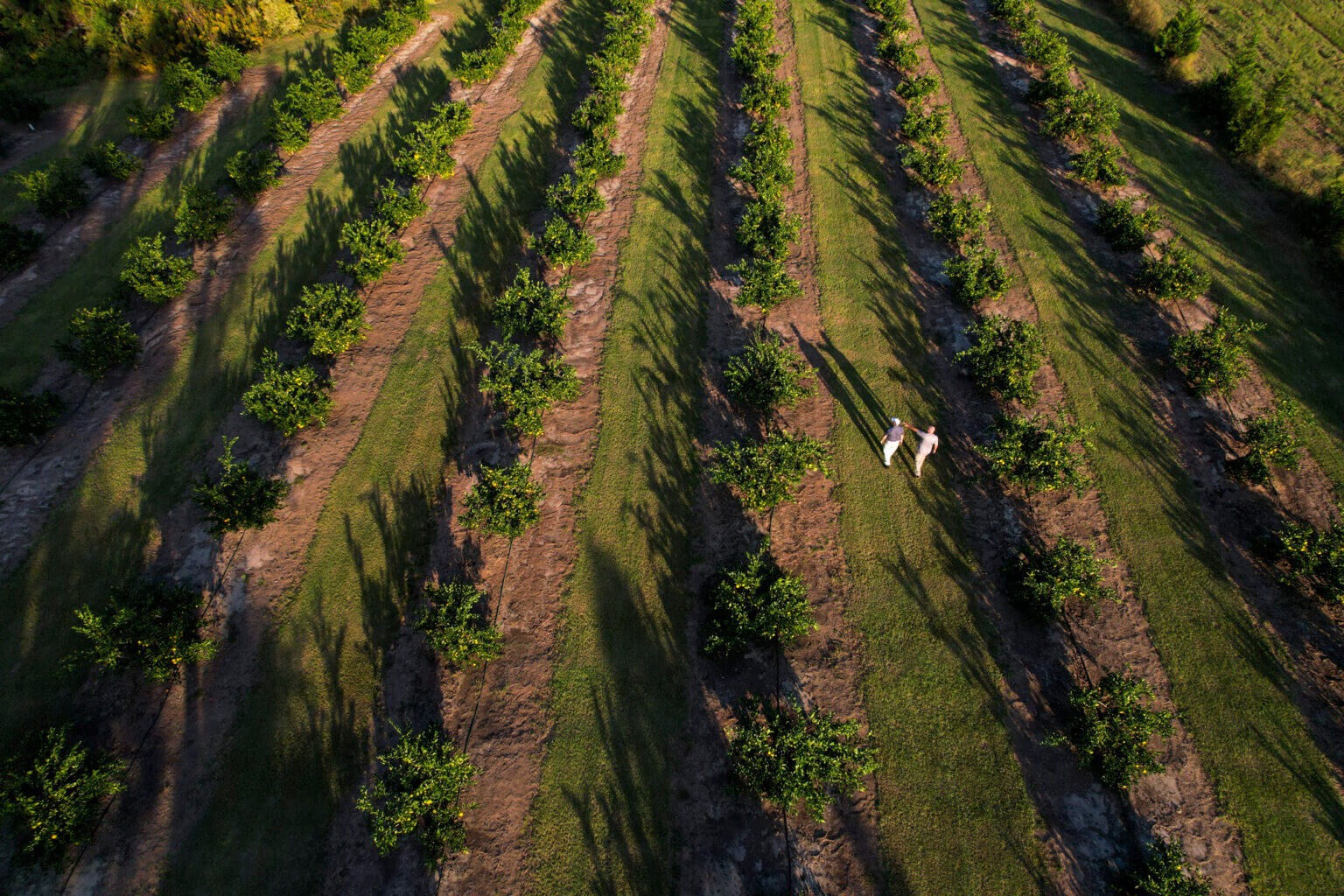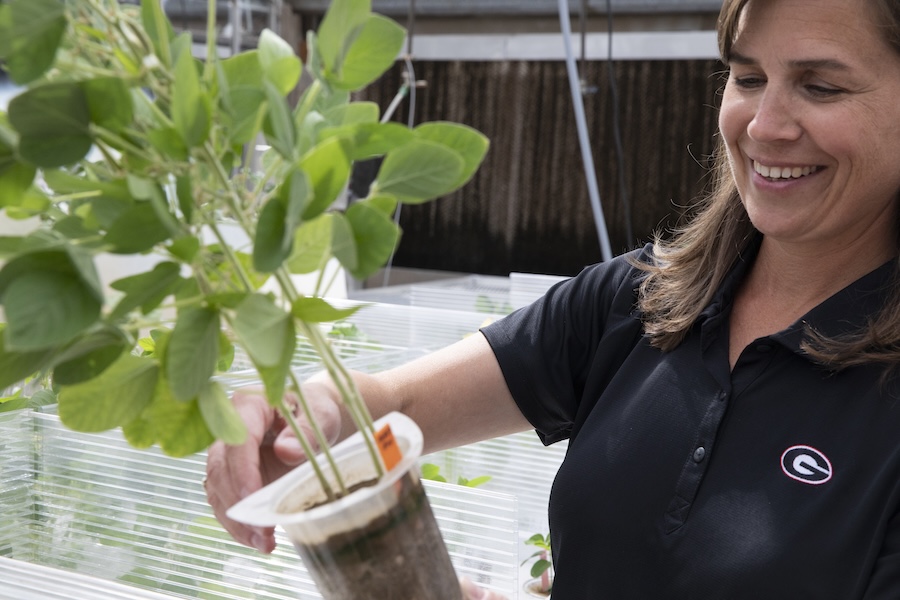By April Sorrow
University of
Georgia
While the list of plants for sunny locations seems to be endless, the shade gardener must be a little more selective to ensure good plant survival. Luckily, there are many plants available to enhance shadowy real estate.
First, determine how much shade you have. Is it a couple of hours in the afternoon caused by a few pine trees? Is it dense shade caused by a group of magnolia trees? There is a big difference between what we call partial shade and full shade. There are also areas of shade that fall between these two categories.
Some plants thrive in almost cave-like shade. Others handle light-filtered shade. It is best to check the yard for shade at different times of the day and throughout the year to see what you really have. A site can be modified with the removal of a few tree limbs.
Many vines can thrive in low-light areas and add color. Common jasmine does well in almost any soil condition and can handle moderate shade. It has bright yellow blooms. Carolina jessamine is another good choice. Both vines need support such as a post or trellis.
Other vines for shaded areas are honeysuckle, cross vine, trumpet vine and large flowered clematis. Most of the ivies will also do well such as Algerian ivy. Avoid invasive types such as English ivy.
For areas that require small plants or ground covers, consider holly fern, lenten rose or even daylilies. Others are pachysandra, periwinkle or possibly mondo grass. Many of these are available in a variegated form, which can brighten dark areas.
Ferns certainly top the list for thriving in shaded, moist areas. Whether you choose the Christmas fern, Japanese painted fern or one of the other dozens available, they are sure to provide unique interest with their delicate foliage. Ferns can range in size from a few inches across to several feet.
Other moist-area selections include willow gentian. It’s a perennial that grows three feet tall with arching stems bearing ultramarine-blue trumpets in the fall.
Bottlebrush buckeye is another possibility for moist shaded areas. It is a native shrub that has white bottle brush shaped flowers. This plant can reach over six feet.
Oakleaf hydrangea is a large native plant with spectacular white blooms in the spring that will also survive well in moist shaded areas. This plant is best sited in areas with plenty of room. Mature plants can be eight feet tall with a 10-foot spread.
When it comes to shrubs, the list includes short, tall and medium plants as well as deciduous and evergreen varieties. Azaleas and yews are popular shade-tolerant shrubs. Within the world of perennials, the best-known example is the hosta.
Hardy ferns of all kinds are easy to grow. Two favorites include autumn fern and cinnamon fern, so named because of its distinctively colored new fronds.
Here are a few more shade-tolerant plants:
Annuals: begonia, coleus, impatiens, forget-me-nots (Myosotis sylvatica), pansy (Viola)
Perennials: astilbe, bleeding heart (Dicentra), bugbane (Cimicifuga), campanula, columbine (Aquilegia), coral bells (Heuchera), foxglove (Digitalis), goatsbeard (Aruncus), hellebore, daylily (Hemerocallis), hosta, Virginia bluebell (Mertensia pulmonarioides), fern, monkshood (Aconitum), phlox, primrose (Primula), lungwort (Pulmonaria), cardinal flower (Lobelia), Siberian iris, veronica
Groundcovers: ajuga, wild ginger (Asarum), sweet woodruff (Galium odoratum), epimedium, lamium, liriope, mondo grass (Ophiopogon japonicus), pachysandra, spirea, vinca
Shrubs: boxwood (Buxus), daphne, gold dust (Aucuba), holly (Ilex) hydrangea, mountain laurel (Kalmia latifolia), leucothoe, Oregon grape (Mahonia), mock orange (Philadelphus), nandina, cherry laurel (Prunus laurocerasus), rhododendron and azalea, viburnum, yew (Taxus)
Trees: dogwood (Cornus), Japanese maple (Acer palmatum), stewartia.
(Bob Westerfield is the consumer horticulturist with the University of Georgia Cooperative Extension.)




.jpg)

